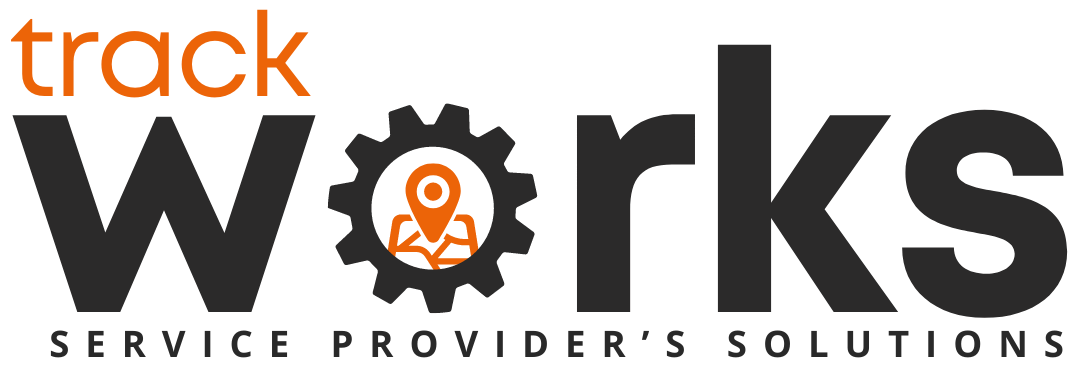Strategic Planning for Field Service: Preparing Your Team for 2025 Success
Field service operations thrive on preparation and foresight. As the year ends, strategic planning becomes critical to ensure teams enter the new year with clear objectives, aligned priorities, and actionable strategies. Proper planning reduces inefficiencies, improves service delivery, and positions the organization for measurable growth. This blog provides a comprehensive guide for field service leaders on creating a strategic plan that sets up the team for success in 2025.
1. Conduct a Year-End Operational Review
Why it matters:
A strategic plan starts with a clear understanding of current performance. Year-end reviews identify strengths, weaknesses, and opportunities for improvement.
How to implement:
- Analyze KPIs such as job completion times, first-time fix rates, travel efficiency, and customer satisfaction.
- Evaluate recurring challenges, delays, and resource bottlenecks.
- Gather feedback from technicians, dispatchers, and managers on operational pain points.
Practical tip: Use data and team insights together to create a comprehensive assessment of performance.
2. Identify Key Strategic Priorities
Why it matters:
Clear priorities guide decision-making and resource allocation. Without them, teams risk diffused focus and suboptimal results.
How to implement:
- Select 3–5 strategic areas that will have the greatest impact on efficiency, customer satisfaction, and profitability.
- Examples include adopting new technology, improving scheduling, or enhancing customer communication.
- Align these priorities with organizational objectives and industry trends.
Practical tip: Prioritize initiatives that balance immediate operational gains with long-term growth.
3. Develop Actionable Plans
Why it matters:
Goals without actionable plans often fail to translate into measurable results. Actionable steps ensure clarity and accountability.
How to implement:
- Break each strategic priority into specific tasks and assign responsibilities.
- Establish timelines, milestones, and metrics to track progress.
- Identify dependencies, potential obstacles, and contingency plans.
Practical tip: Use project management tools or FSM software to assign and monitor tasks efficiently.
4. Allocate Resources Wisely
Why it matters:
Strategic planning is only effective if resources — staff, budget, and technology — align with priorities.
How to implement:
- Match staffing levels and skills to planned initiatives.
- Allocate budget for technology upgrades, training, and process improvements.
- Evaluate current tools and infrastructure to identify gaps or inefficiencies.
Practical tip: Reallocate underused resources to support high-priority initiatives without increasing overall costs.
5. Incorporate Risk Management
Why it matters:
Field service operations are subject to disruptions, from equipment failures to staffing shortages. Planning for risks ensures resilience and reduces the impact of unexpected events.
How to implement:
- Identify potential risks for each strategic priority.
- Develop mitigation strategies and contingency plans.
- Assign responsibility for monitoring and responding to risks.
Practical tip: Regularly review risks and adjust strategies as conditions change.
6. Engage and Align the Team
Why it matters:
Successful strategic planning requires engagement across all levels. Team alignment ensures that everyone understands priorities, responsibilities, and desired outcomes.
How to implement:
- Communicate the strategic plan clearly through meetings, workshops, and dashboards.
- Involve technicians and dispatchers in implementation to foster ownership.
- Recognize contributions and successes to reinforce engagement.
Practical tip: Alignment reduces confusion, increases accountability, and boosts morale.
7. Monitor, Evaluate, and Adapt
Why it matters:
Strategic planning is not static. Continuous monitoring and evaluation allow leaders to adjust course based on performance data and emerging opportunities.
How to implement:
- Track progress against KPIs and milestones regularly.
- Evaluate outcomes and identify areas for improvement.
- Adjust plans dynamically in response to operational realities and market conditions.
Practical tip: Establish quarterly or monthly strategic check-ins to maintain momentum and ensure relevance.
Conclusion
Strategic planning is the foundation for field service success in 2025. By conducting a thorough operational review, identifying priorities, creating actionable plans, allocating resources, managing risks, aligning teams, and continuously monitoring progress, organizations can achieve operational excellence, cost efficiency, and exceptional customer service. Proactive planning today prepares field service teams to navigate the challenges of tomorrow with confidence and clarity.




No responses yet